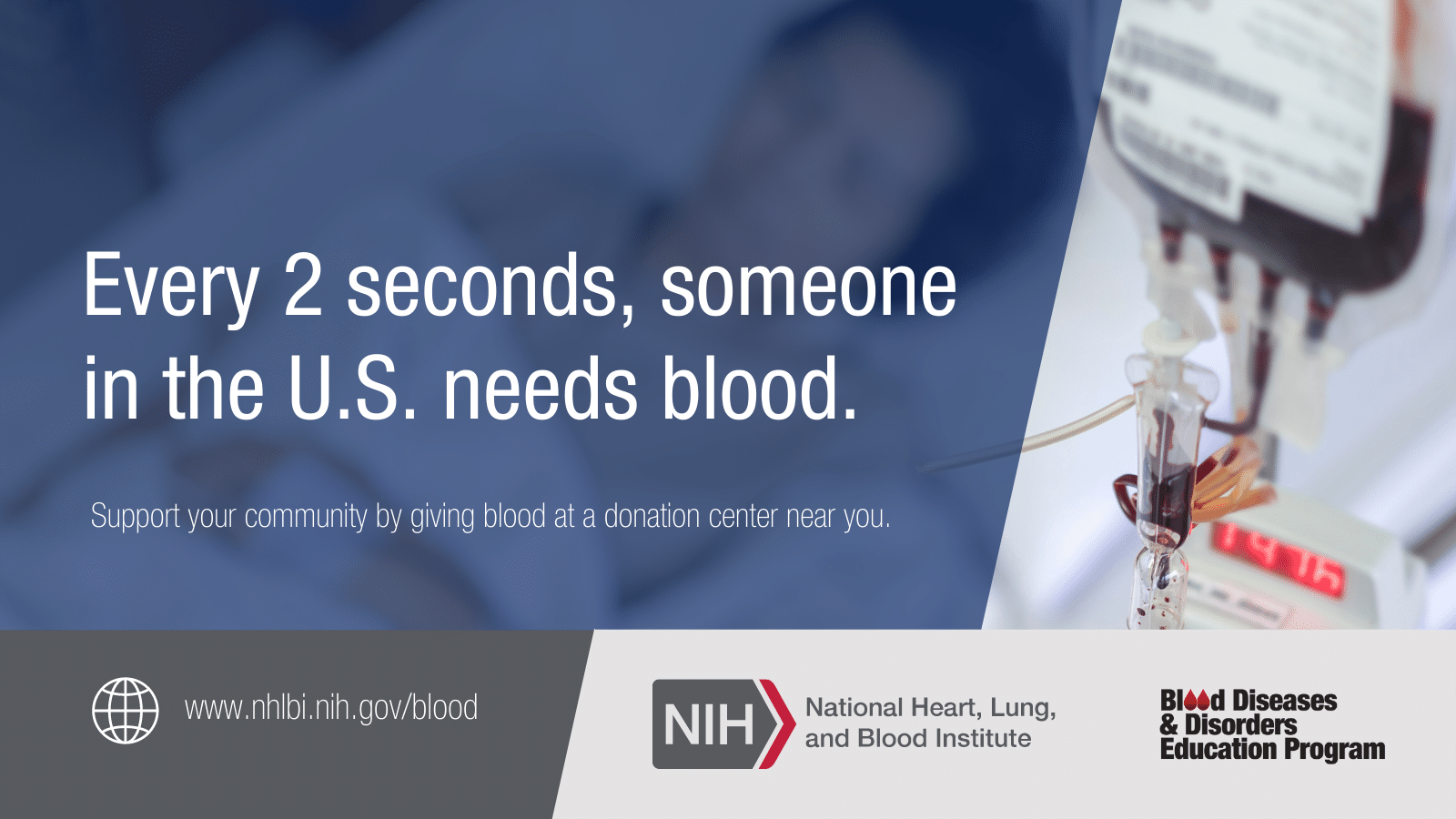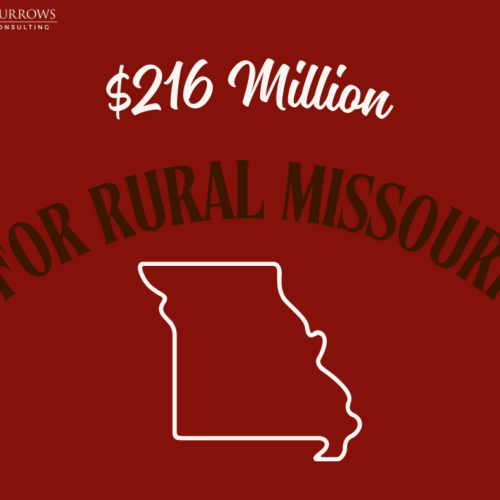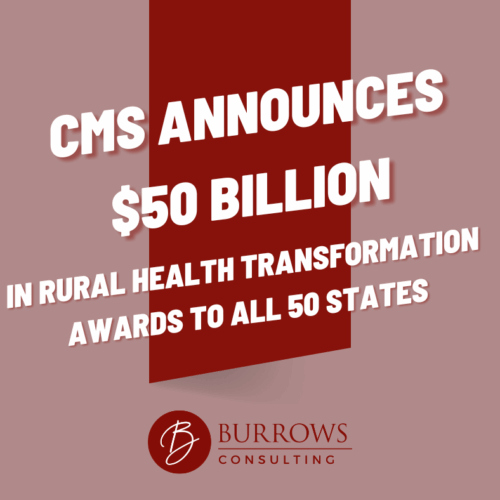Did you know that every two seconds in America, someone urgently needs blood? This need extends beyond unexpected emergencies like car crashes, encompassing a wide range of medical treatments such as cancer therapies, cardiovascular and orthopedic surgeries, and organ and bone marrow transplants.
Only three percent of eligible Americans currently donate blood, despite 65 percent of the population being eligible to do so. Additionally, less than 20 percent of blood donations come from individuals in communities of color, and donations from individuals aged 19-24 have declined by nearly 32 percent from 2019 to 2021. This drop is largely attributed to the restrictions imposed on blood drives at school campuses during the peak of the COVID-19 pandemic.
Given the current state of blood donations, there is an urgent need for younger, more diverse donors. National Blood Donor Month, celebrated every January, provides an opportunity to raise awareness about the importance of blood donation and to honor those who have already made a life-saving contribution.
The inaugural National Blood Donor Month was proclaimed by President Richard Nixon and held in January 1970, with the aim of acknowledging voluntary blood donors and encouraging more individuals to donate for the first time. Despite the changes that have occurred in the last five decades, the demand for blood remains constant, as does the selflessness of those who answer the call to give.
We express our heartfelt gratitude to all those who regularly donate blood and encourage all those eligible to join them. Such ongoing generosity not only saves lives today but also extends hope for a brighter tomorrow for countless individuals in need.




